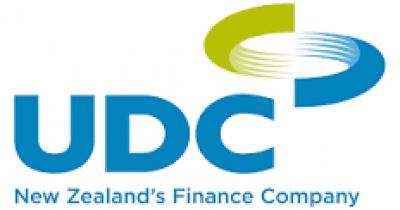Though big time by Australasian standards, UDC Finance is an entry level operator by China’s.
China’s priority state-sponsored forced march now is to boost the internal consumer economy so that it balances the success of its export economy.
There have been several examples of the Chinese embedding themselves into what are by their standards entry level enterprises, yet which include strategic approaches that they consider important for their own developments.
Software applications is one such area, and the Chinese would have sought to get as close as they could to the source code of any of UDC’s proprietary or customised applications.
In the discovery leading up to what most commentators, and even those in the finance industry, believed to have been a done deal, the Chinese on this occasion would have been most interested to discover the procedures operating the finance company.
An example would have been the elasticity of its terms.
In relation to bank rate, how high could interest and repayment terms be raised before customers went somewhere else?
The importance of UDC to the Chinese was its financing of equipment and machinery on the value of the machinery itself.
And doing so without requiring real estate as a guarantee.
It is this property collateral free operating technique that makes UDC such a desirable target for close-up study.
A characteristic of trading with continental Asia is the problem of the Asian acquirer choosing silence at the point at which from their point of view they do not wish to conclude the deal embarked upon.
It is not clear at which time ANZ as vendor of UDC began to hear the sounds of silence from HNA.
By mid year the storm clouds were gathering around HNA especially in terms of who in fact had its usufruct? Was it for example a diversified shareholding?
Or was it the Chinese government?
The position was not helped as the year drew on as the two keystone shareholders cited by HNA were revealed to be merely nominees.
The Peoples Republic of China meanwhile was doing what it always does by keeping a closer and rather more analytical watch on the pending New Zealand general election than most of the established commentators.
Something that is simply not talked about officially, or even unofficially, is the Peoples Republic’s applied dual level information gathering, the political one –and the work-level industrial one.
By mid-year they were getting the message that whatever happened in the pending general election New Zealand First leader Winston Peters MP would be the tie breaker, and thus as far as UDC was concerned, also the deal breaker.
This now gave the Chinese in the form of HNA, whoever or whatever they in fact are, the opportunity to start sliding out of formally acquiring UDC.
Their longer term insight now became fully justified as toward the very end of 2017, the New Zealand regulators did what the Chinese had anticipated what they would do, which was to formally veto the sale anyway.
This solved any remaining problems as it means that the Chinese were now absolved of even any break fees.
The episode is full of unanswered questions, and ones which will almost certainly will go unanswered.
The first is the $660 million sale price that HNA was said to be paying ANZ for UDC.
Did this price, ballyhooed as a maxed-out one when it was proclaimed nearly a year ago , in fact, comprise a barter or counter-trade component?
Over what period of time was the acquisition to be concluded?
Financial commentators tend to trumpet a sales price such as this as if it was liquid, and to be paid all at once.
Almost forgotten now is the way in which the then family controlled UDC ushered in New Zealand’s own consumer era of the 1950s, and did so through short circuiting the property collateral imperative.
Seeking to kick start its own consumer-led revolution the Chinese in this acronym-laden finance deal saw much in its value as a repository of the management practices, experience, and techniques of firing up small businesses.
And without the need for a charge over anything other than the equipment being financed.
| From the This email address is being protected from spambots. You need JavaScript enabled to view it. || Monday 1 January 2018 |||





